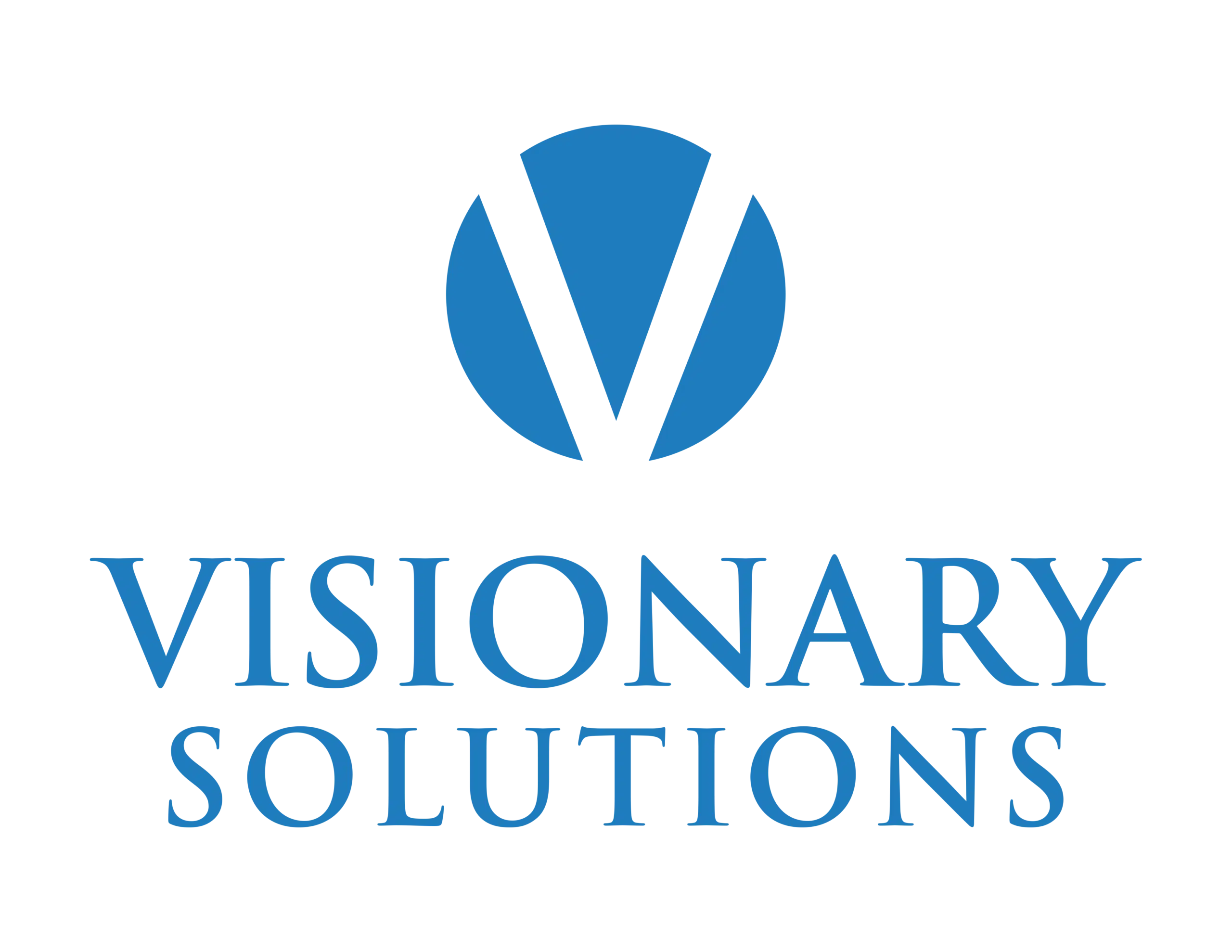Streamlining the intricate ballet of appointments, patient flow, and resource optimization within healthcare, the concept of Stream Scheduling has emerged as a beacon of efficiency.
In this guide, we embark on a journey to unpack its essence, exploring its definition, advantages, and potential pitfalls.
As the healthcare landscape evolves, understanding its intricacies becomes paramount for professionals and administrators seeking to enhance operational efficiency and elevate the patient experience.
Join us in unraveling the dynamics of this innovative scheduling approach that promises to redefine how healthcare practices manage their workflows!
What is Stream Scheduling?
The stream scheduling definition is a dynamic and organized approach to appointment management that finds particular utility in the healthcare sector. In essence, it involves the allocation of fixed time slots to patients, creating a streamlined flow of appointments throughout the day.
This method prioritizes efficiency and continuity in patient care, ensuring that healthcare providers can optimally utilize their time and resources.
In the context of this industry, stream scheduling is a departure from traditional methods that often lead to long wait times, inefficient use of resources, and disruptions in the overall patient experience. It introduces a structured system where each patient is assigned a specific time slot, and providers organize their daily workflow around these designated appointments.
One of its key principles is the commitment to maintaining a continuous flow of patients throughout the day. This not only reduces waiting times for patients but also allows healthcare professionals to allocate their attention and expertise more effectively.
By adhering to a predetermined schedule, they can streamline their workflow, leading to improved patient satisfaction and better overall operational efficiency.
Its primary strength lies in its ability to allocate fixed time slots to patients with precision. The process typically begins with an assessment of the nature and complexity of the patient’s needs. For routine check-ups or less time-intensive appointments, shorter time slots may be allocated. Conversely, for more complex cases or consultations requiring additional attention, longer time slots are assigned.
Upon entering the healthcare system, each patient is given a specific appointment time. This fixed time slot ensures that the patient receives prompt attention upon arrival, minimizing the wait time and optimizing the use of the healthcare provider’s time. It brings a level of predictability to the daily schedule, allowing healthcare professionals to plan their day more efficiently.
Here, technology plays a pivotal role. Advanced software and electronic health record (EHR) systems enable seamless coordination of appointments. These can take into account various factors such as the nature of the medical issue, historical data on the patient’s appointments, and the availability of healthcare providers.
This is particularly beneficial in healthcare settings where multiple practitioners are involved in a patient’s care. The fixed time slots ensure that each provider has dedicated time with the patient, facilitating collaboration and a comprehensive approach.
However, it’s important to note that while stream scheduling offers numerous advantages, it requires careful planning and consideration of the variability in patient needs. Providers must strike a balance between allocating sufficient time for each appointment and maintaining a continuous flow of patients throughout the day.
What is the Goal of Stream Scheduling?
Stream scheduling in healthcare is a strategic approach aimed at achieving several key objectives to enhance overall operational efficiency and improve patient experience.
At its core, the primary goal is to minimize waiting times for patients and optimize the flow of activities within facilities. By implementing a streamlined and well-coordinated scheduling system, professionals aim to reduce the time patients spend waiting for appointments, consultations, and procedures.
This not only improves the overall patient experience but also contributes to the efficient utilization of resources.
One of the fundamental objectives is to enhance operational efficiency within facilities. By implementing a structured system, providers can better allocate resources, reduce bottlenecks, and ensure a smoother workflow.
This is particularly crucial in healthcare settings where various departments and professionals need to work in tandem. It facilitates the coordination of activities, reducing idle time for both staff and equipment. This optimization of internal processes leads to improved productivity and resource utilization, ultimately benefiting the overall operational efficiency of the healthcare facility.
Its impact on patient satisfaction is significant. They often perceive waiting times as a major inconvenience in their healthcare experience. By minimizing these wait times through effective scheduling, providers not only enhance patient satisfaction but also contribute to a positive perception of the quality of care.
When patients experience a seamless flow in their appointments and encounters with professionals, it fosters a sense of efficiency and attentiveness on the part of the facility.
Moreover, this has broader implications for healthcare delivery. It helps providers deliver services more promptly and effectively, contributing to timely diagnoses, treatments, and interventions.
This is particularly crucial in cases where timely medical attention can make a significant difference in patient outcomes. The streamlined processes enabled contribute to a more client-centric delivery model.
Ultimately, the goal is to create an environment where patients receive the care they need with minimal disruptions and delays, leading to better overall outcomes.
Advantages of Stream Scheduling
This method of organizing appointments and managing patient flow in healthcare settings presents a range of advantages that contribute to a more efficient environment.
Reduced Waiting Times
One of the primary advantages is the substantial reduction in waiting times for patients. Unlike traditional methods, which often lead to crowded waiting areas and prolonged wait times, stream scheduling is designed to distribute appointments more evenly throughout the day.
This results in a smoother patient flow, minimizing the time individuals spend waiting for their turn. This not only improves satisfaction but also enhances the overall efficiency of healthcare services.
Improved Patient Throughput
Stream scheduling optimizes the utilization of healthcare resources, leading to improved patient throughput. By allocating appointments in a streamlined manner, providers can better manage their time and resources.
This means that medical professionals can attend to a more consistent flow throughout the day, reducing peaks and valleys in activity. This optimized throughput is beneficial for both healthcare providers and patients, as it ensures that medical facilities operate at a more even and efficient pace.
Enhanced Resource Utilization
Stream scheduling contributes to better resource utilization in healthcare settings. It allows medical facilities to allocate staff, equipment, and facilities more effectively based on the expected patient flow.
This prevents underutilization during slow periods and overutilization during peak hours. Efficient resource allocation enhances the overall productivity of organizations and promotes cost-effectiveness.
Better Time Management for Healthcare Professionals
For professionals, efficient time management is paramount. It allows for a more organized and predictable workday for medical practitioners.
With a steady and evenly distributed flow of patients, healthcare providers can manage their time more effectively, reducing the stress associated with unpredictable peaks in patient demand.
This not only improves the work-life balance for healthcare professionals but also allows them to deliver more focused and attentive care to each patient.
Positive Impact on Patient Experience
A key aspect is its positive impact on the overall patient experience. Reduced waiting times and a more efficient, organized process contribute to a more positive perception of healthcare services.
Patients appreciate the predictability and smoothness of their healthcare visits, leading to higher satisfaction levels. A positive experience is not only beneficial for individual cases but also contributes to the reputation of healthcare providers and facilities.
Positive Impact on Healthcare Outcomes
This isn’t just about optimizing logistics; it can positively impact healthcare outcomes.
The efficient use of resources and the improved time management of healthcare professionals mean that patients receive timely and focused care. This can lead to better adherence to treatment plans, more accurate diagnoses, and improved health outcomes.
The positive patient experience facilitated also contributes to better engagement with healthcare services, fostering a holistic approach to well-being.
Disadvantages of Stream Scheduling
While offering various advantages, it comes with its set of disadvantages, particularly in this sector.
It’s essential to acknowledge these drawbacks to implement solutions that optimize scheduling processes and enhance overall patient satisfaction.
Rigidity in Scheduling and Handling Emergency Cases
One prominent disadvantage is its inherent rigidity. The structured nature of this approach, designed for efficiency, can pose challenges when dealing with unexpected events or emergency cases.
In a healthcare setting, emergencies are unpredictable, and a rigid schedule might not easily accommodate urgent patient needs.
Addressing this issue requires a careful balance between streamlining routine appointments and maintaining flexibility for unforeseen circumstances. Implementing a dynamic system that allows for real-time adjustments is crucial.
This can involve allocating specific time slots each day explicitly designated for emergency cases, ensuring that urgent patient needs are swiftly addressed without significantly disrupting the overall schedule.
Limitations in Flexibility and Increased Patient Dissatisfaction
Its structured nature might limit flexibility, potentially leading to increased patient dissatisfaction.
Patients may feel constrained by the predetermined appointment times, especially if they have variable or unpredictable schedules. This limitation becomes more pronounced if patients perceive a lack of accommodation for their individual needs.
To mitigate this disadvantage, facilities can incorporate a hybrid approach, blending stream scheduling with on-demand or flexible appointment options. Offering a mix of scheduled slots and a certain percentage of open ones each day allows for accommodating those who require more flexibility.
This ensures that those with rigid schedules can still secure timely appointments while providing options for those needing a more adaptable approach.
Moreover, effective communication is paramount. Clearly communicating the benefits, such as reduced wait times and efficient service, can help manage expectations.
Facilities should also provide channels for feedback and actively seek input on scheduling preferences to continually refine and improve the process.
Mitigating Disadvantages in Healthcare Facilities
Healthcare facilities can implement several strategies to mitigate the disadvantages effectively.
Firstly, investing in advanced software can enhance adaptability. Modern systems equipped with AI algorithms can dynamically adjust appointments based on real-time factors, ensuring responsiveness to emergencies and unexpected changes.
Additionally, training staff to manage unexpected situations within the stream scheduling framework is crucial. Staff should be equipped with the skills to identify and prioritize emergency cases, ensuring that urgent medical needs are met promptly. This involves not only technological proficiency but also effective communication and decision-making skills.
Furthermore, periodically reviewing and refining scheduling processes is essential. Conducting regular assessments allows facilities to identify bottlenecks, assess patient satisfaction, and make necessary adjustments.
This continuous improvement approach ensures that the advantages are maximized while the associated disadvantages are minimized.
Outsourcing Stream Scheduling: Is it a Good Idea?
In the dynamic landscape of modern business operations, stream scheduling has emerged as a critical element for managing workflows efficiently.
The question arises: Is outsourcing a good idea? Let’s delve into the rationale behind considering this approach, examining its potential advantages and drawbacks while offering insights into selecting the right partner and maintaining quality standards.
Rationale for Outsourcing Stream Scheduling
Outsourcing can be a strategic move for several reasons.
First and foremost, it allows organizations to tap into specialized expertise. This strategy requires a nuanced understanding of the specific industry, technological infrastructure, and workflow intricacies.
Externalizing it to a partner with a proven track record in stream scheduling brings in-depth knowledge and experience, ensuring that scheduling processes align seamlessly with the business objectives.
Moreover, technology plays a pivotal role. Outsourcing to a specialized provider can grant access to cutting-edge tools and platforms that may be cost-prohibitive for an in-house setup.
This infusion of advanced technology enhances efficiency, providing real-time insights, predictive analytics, and adaptive capabilities. This way, companies can stay at the forefront of technological advancements without the burden of continuous investments in infrastructure and software updates.
Efficiency gains constitute another compelling reason for outsourcing stream scheduling. External providers often bring streamlined and optimized processes, reducing turnaround times and minimizing scheduling errors.
This translates to improved overall workflow, timely deliveries, and enhanced customer satisfaction. It allows the organization to focus on core competencies while entrusting its intricacies to those with specialized capabilities.
Analyzing Potential Drawbacks
However, despite the advantages, this is not without its challenges. One of the primary concerns is the potential loss of control.
When critical aspects of scheduling are delegated to an external entity, there’s a risk of diminished control over the scheduling process. This loss of direct oversight can lead to challenges in aligning schedules with rapidly changing internal priorities and responding promptly to unforeseen disruptions.
Coordination challenges also loom large in this landscape. Effective stream scheduling demands seamless coordination between various departments, each with its own set of priorities and timelines.
External providers may struggle to integrate with the internal workings of an organization, leading to misalignments, communication gaps, and potential delays. Achieving the same level of coordination as an in-house team requires meticulous planning, robust communication channels, and a shared understanding of organizational objectives.
Insights into Selecting the Right Outsourcing Partner
Choosing the right partner is pivotal for successful stream scheduling.
It begins with a thorough evaluation of the partner’s expertise and experience in the specific industry. A track record of successful scheduling projects, testimonials, and case studies can provide valuable insights into the partner’s capabilities.
Technological prowess is a non-negotiable criterion. The partner should have a sophisticated technological infrastructure, including advanced scheduling tools, analytics capabilities, and a robust security framework. Compatibility with the existing technological landscape of the organization is essential to ensure seamless integration.
Maintaining quality standards is paramount. The partner should adhere to industry best practices, compliance standards, and quality assurance protocols. This includes regular audits, performance evaluations, and clear Service Level Agreements (SLAs) to guarantee that the processes meet or exceed the organization’s standards.
Regular and transparent communication is key to addressing coordination challenges. The partner should establish effective channels for ongoing communication, reporting, and issue resolution.
Periodic reviews and strategic meetings can foster a collaborative environment and align the partner with the organization’s evolving needs.
Conclusion
To recap, this guide has covered the fundamentals of stream scheduling, outlining its advantages and disadvantages in healthcare settings.
Stream scheduling offers improved workflow efficiency, reduced wait times, and better resource management. Looking forward, its future in healthcare holds promise, with advancements in technology likely to enhance its predictive capabilities.
Healthcare professionals and administrators are encouraged to consider integrating this strategy into their practices. The benefits, including streamlined workflows and heightened patient satisfaction, make it a valuable asset.
Embracing innovative scheduling solutions is crucial for building more efficient and patient-centric healthcare systems, contributing to better overall outcomes for both providers and patients.



